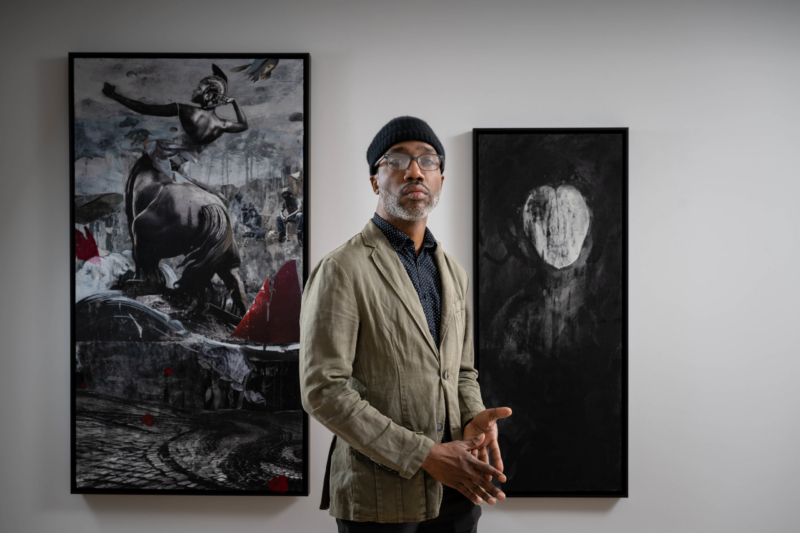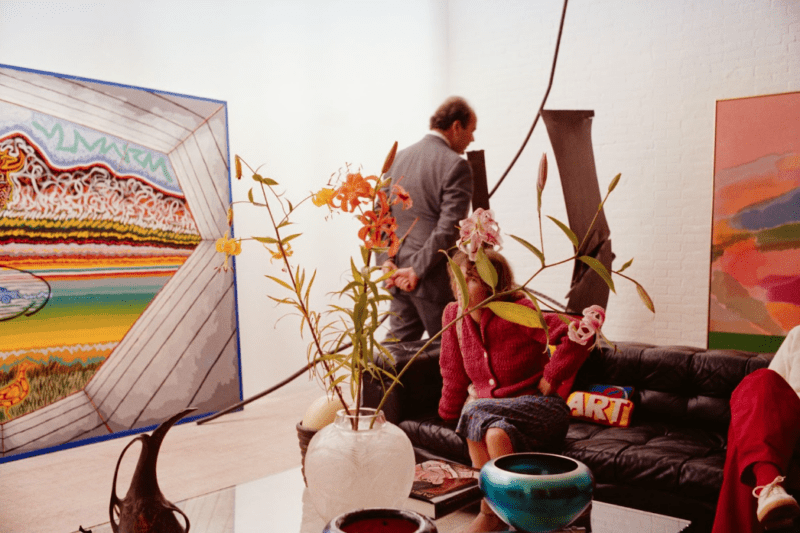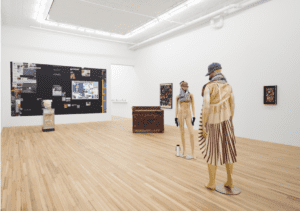Artists to see at The Armory Show 2023 that draw connections between the universe & pixelated repetitions.
Where other art fairs find diverse locations, The Armory Show keeps itself grounded in New York. New management sets up refreshing impulses with a mix of ultra-contemporary, 3D digital imitation, diverse material pixelation and imaginary universes.
1. Roxy Paine at Kasmin
With a “screen” vibrancy Roxy invites us as participants in his exploration of the old preexisting and the human-altered Universes: questions raised through his everyday life in Wyoming nature and the technological pixelation at home.
Curiosity is formed through the play of abstraction and the representation of landscape, flora and tactile imagination. The effect of invitation to this beautiful green dream is so strong that it is easy to follow that feeling of the present with its micro- and macroscopic perspectives of biological and geological phenomena, grass, fields, hills, entangled in the dichotomy of beauty and destruction as they draw parallels between the patterns associated with the organic, the industrial, and the digital: cells, bolts, or pixels. Paine repeatedly redefines perception by throwing us into absurdity, asking us to question how perception is framed, filtered, and codified.
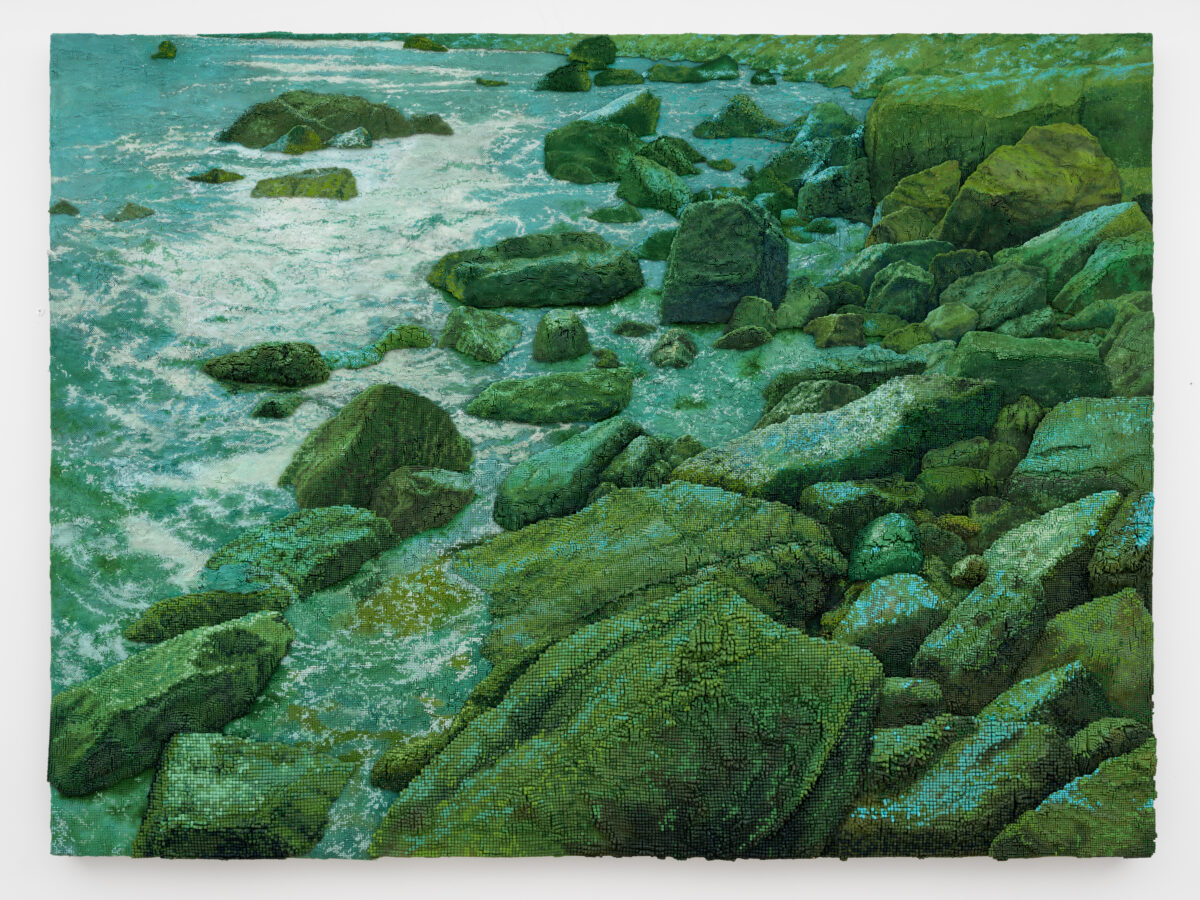
2. Mary Bauermeister at Michael Rosenfeld Gallery
Fascinating natural and cosmic universes, assemblages of plastic straws, bee hives, social and political engagements, derived inspirations from her life in New York, Mary Bauermeister creates tension entangling the viewers’ imagination in a very complex, multilayered and material bold half painting-half sculpture of nature, caricature, common sense and a lightness similar to Wassily Kandisky’s work.
The viewers become part of a multilayered and transparent universe full of lens boxes, which store receptacles for thoughts, experiences, and quotations, floating balls and circles, mimicking planets and stars, shimmering glass forms, sparkling magnifying glasses, including faces and human associations. Bauermeister’s discovery of the magnifying glasses and lenses was rooted in the artist’s fascination with natural phenomena; the lens boxes became a means of transmitting her find and fascination to the viewer and became her signature works.
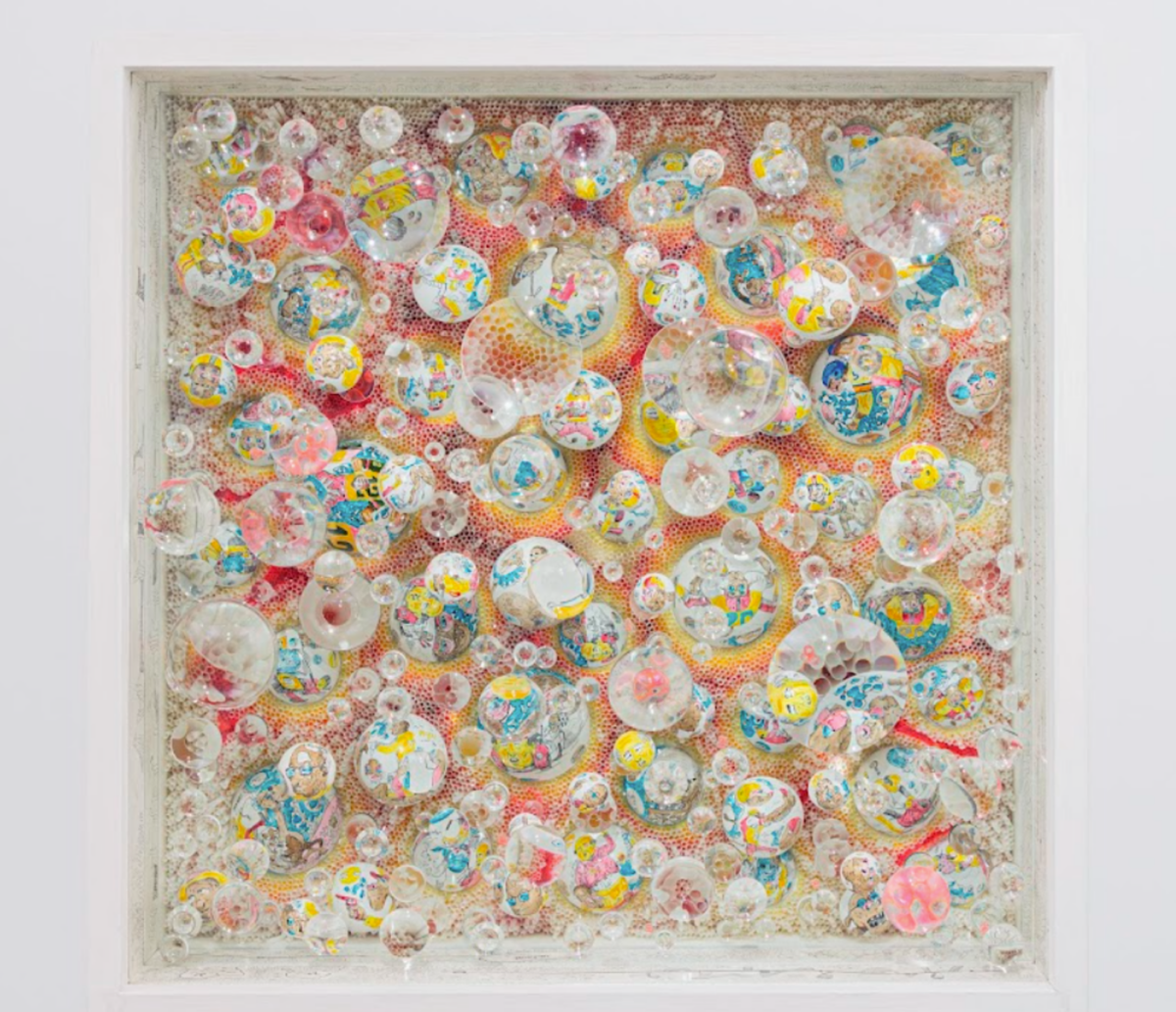
3. Jennifer Bartlett at Locks Gallery
Emblematic was Bartlett’s unusual painterly process. She loved to paint with enamel baked onto steel plates. Though their imagery often seems banal, she spent hours in libraries researching the nature that she depicts. She created abstractions arranged in vast, epic grids that spanned enormous walls. They could be perceived as mathematical, technological or conceptual. In a way the minimalism, the repetition created a certain science-like seriousness.
Tension was created through this seriousness of geometric patterns and simultaneously through the element of light and color dots picturing a Universe of digitalised mundane elements. Sometimes Bartlett composed with a throw of the dice and thus she stated: “When in doubt, dot.”
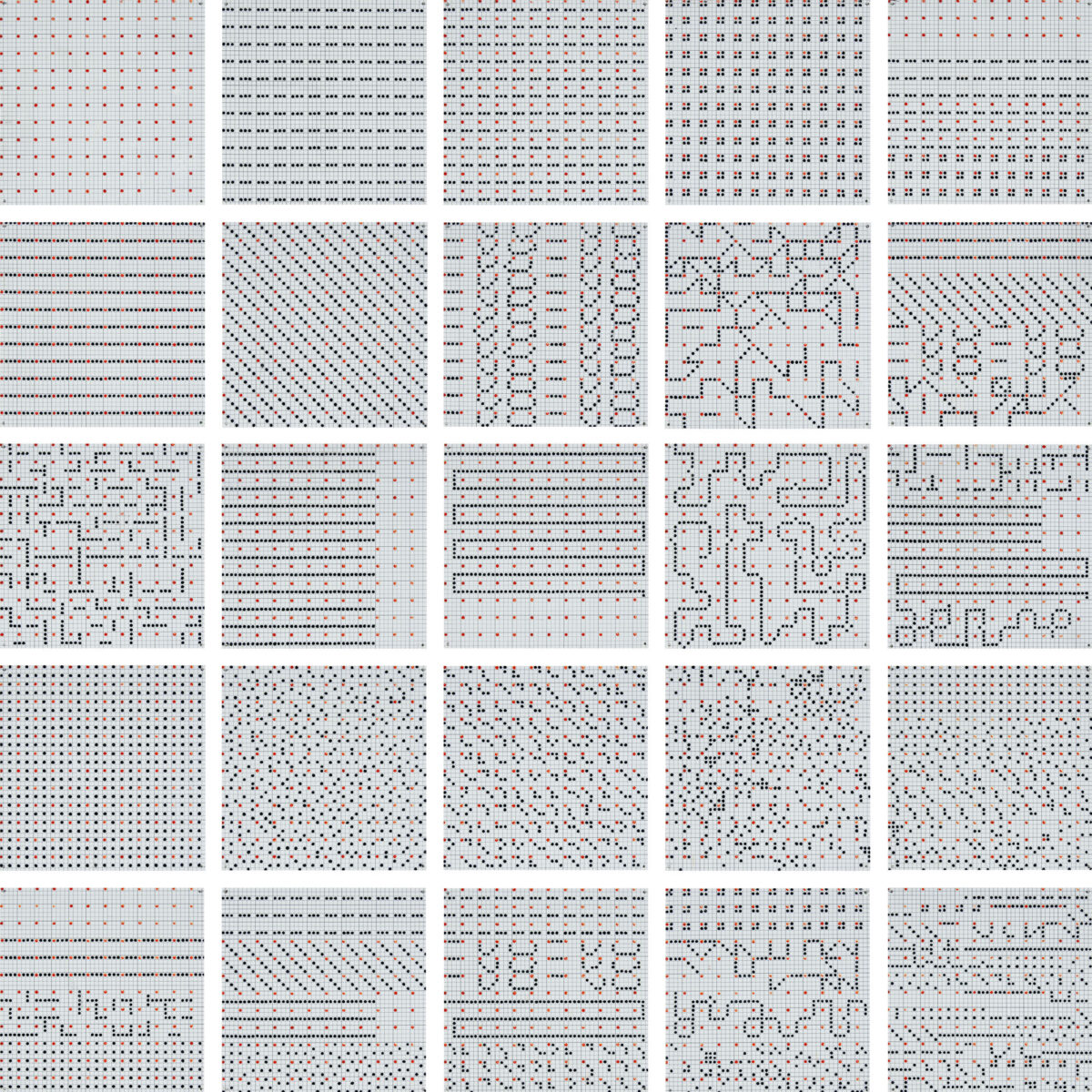
4. Marie Watt at Marc Straus Gallery
Abstract Expressionism, Pixelated Pop Art, and Layered Worlds symbolise layered ancestry as she has Native American and German-Scotish roots. Exploration of origin and belonging by involving the community in the creation of her works, she narrates through the beads pieces a very complex system of notions.
In a way she has knitted a highly detailed program of an individual, where the mother plays an important part, naming different members of the family and in the process exposing the individual’s nature in a vulnerable and sensitive way.
It relates to everyone, and yet each program is highly individual. Her artworks include intimate conversations with all members of her family, interknitted and interwoven, asking for acceptance and confirming attachment to the universe. As a perfect example of representation of native history and Western myths, her artworks mirror her inner self.
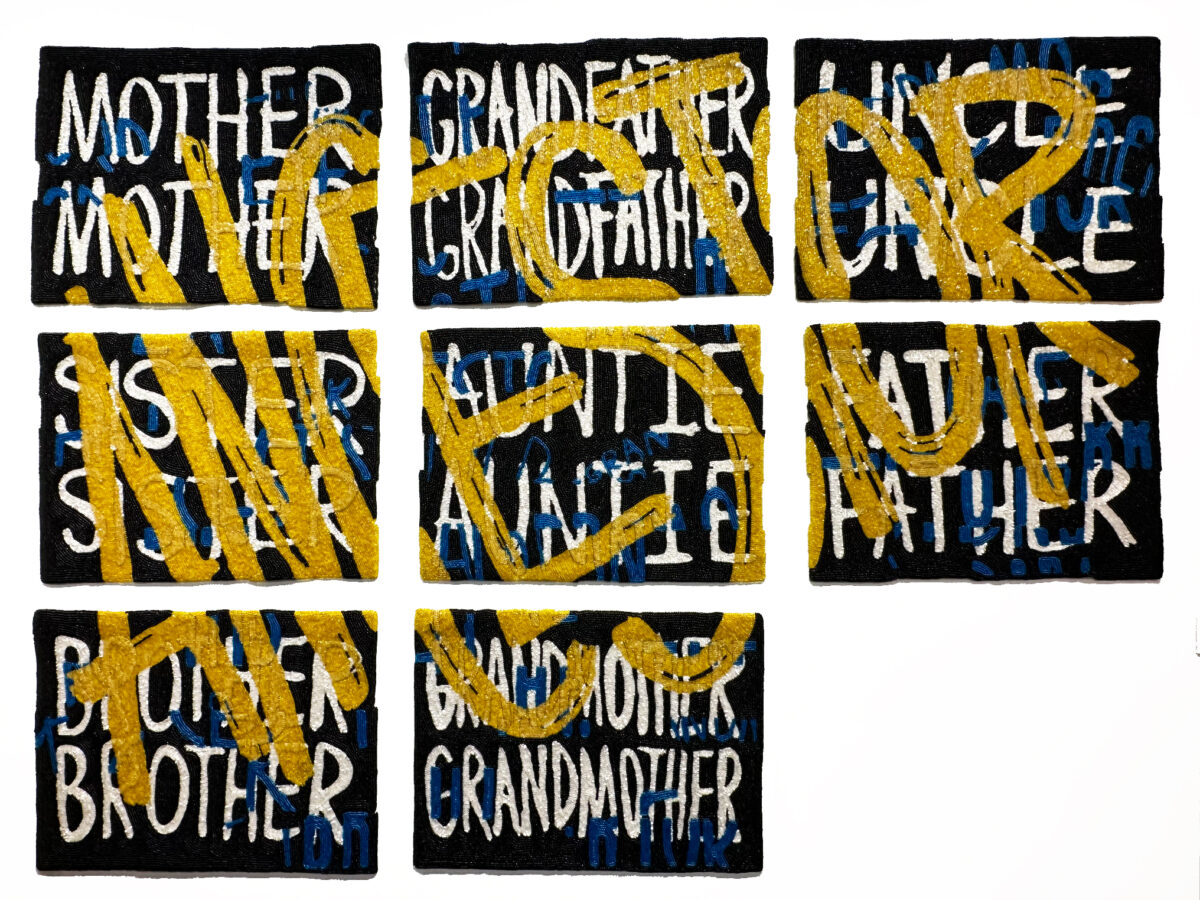
5. Nico Williams by Blouin Division
The commerciality of chosen objects and the tactile creation tapping into the creative processes from the past define Nico Williams’s artworks. These are highly patterned geometric forms engaged in 3D sculptural works.
In using well-known indigenous materials such as beads and putting them into objects of the New World such as fences or barriers, or even fashion objects such as shirts, or danger tape, he draws lines between two worlds and merges them into one Ultra Contemporary Universe.
Each line is important for the definition of the present without judgment. Cultural contexts are shifting, cross-cultural paths are emerging, and beads are not just beads. They come in a variety of forms, origins and materials, so this is something to ponder on and leaves us in anticipation of the next evolution of the identity. These artworks are about the tactile imaginative experience.
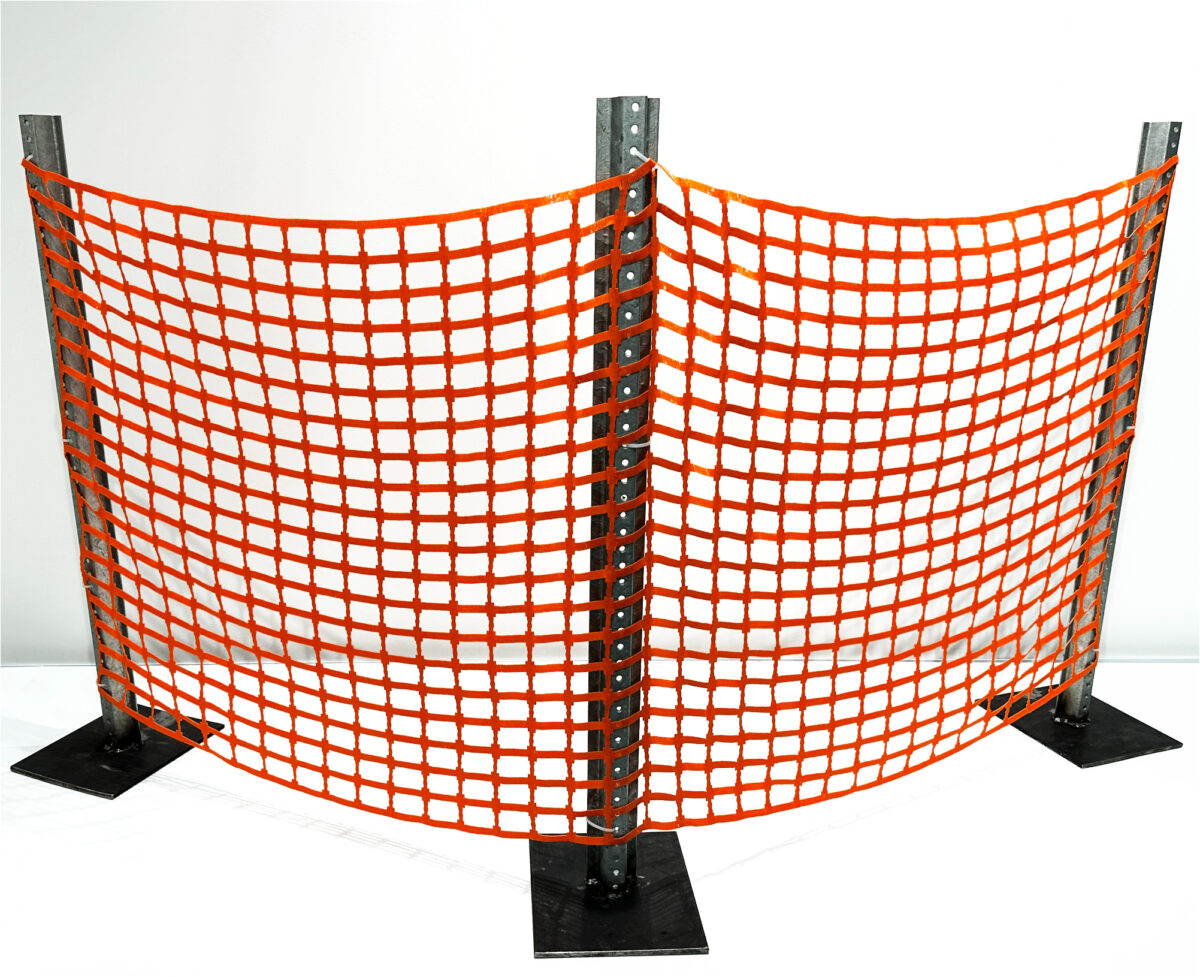
The Armory Show, Friday, September 8th–Sunday, September 10th, 2023 thearmoryshow.com
